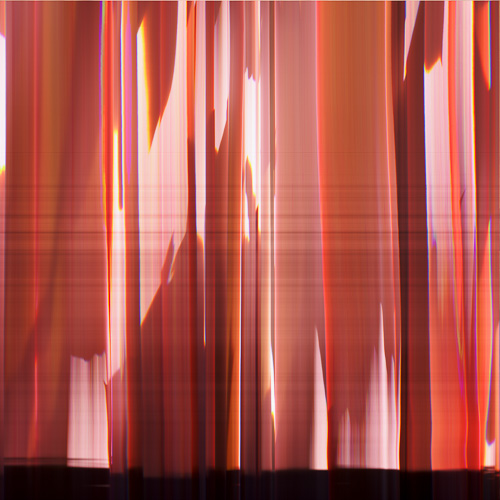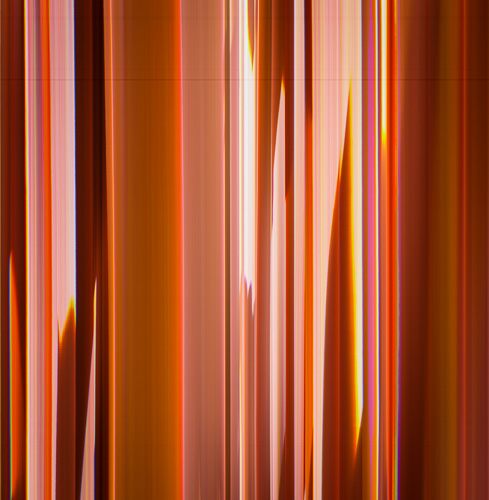It’s unusual for photographers to show you their bad images. I’m no exception; while I try to learn from my mistakes, I don’t advertise them. Maybe that’s a mistake itself. If I learn from them, maybe others can, too. While my photography is idiosyncratic and unique to me, the general ideas may translate.
So, in this post I’m going to show you the results of my so-far-unsuccessful attempts to make long slit-scan exposures of the Don Worth succulent. I’m using a Betterlight Super 6K back on a Linhof Master Technika, a Nikon 120 mm f/5.6 AM-ED lens, and a B&W UV/IR cut filter (the sensor in the back has no filtration at all). The longest image the back can make is 64,000 pixels. The longest exposure time is 1/8 second. Those two numbers combine to mean that the longest continuous exposure that I can make is a little over two hours.
But I now want really long exposures. All day if I can. Mike Collette, the man behind Betterlight, has anticipated my needs and has a “time-lapse” mode whereby the camera will make a nearly-continuous series of exposures. The setting is accessed in the preferences part of the camera controller program.
I started a series of 11 one-hour exposures at 1/15 second at f/45 and ISO 200 at eight one morning. I came back at seven that evening and found that the camera had made only one exposure, even though it had made three when I tested the time-lapse setting. I looked at the preferences and found the time-lapse box unchecked. It seems to uncheck itself after a series of exposures. Oops.
The next day I made a series of seven similar exposures. That gave me seven 60,000×6000 pixel images, which I combined into one 6000×6000 pixel image, averaging the time axis so that 70 original pixels made one in the final image. Here’s what the result looks like, with time running from the bottom to the top:
What are those horizontal stripes? In the morning, a diffuse layer of damp air came overhead. You wouldn’t really call is a cloud, since you could see right through it. However, it apparently was enough to ruin the picture.
I made a crop of the early afternoon’s pixels, which looks OK (seen here upside down, which I think gives better aesthetics):
So I salvaged something, but I really liked the longer exposure. Unless I can come up with a workaround, I’m only going to be able to make the image I’m trying for on really clear days.


Leave a Reply